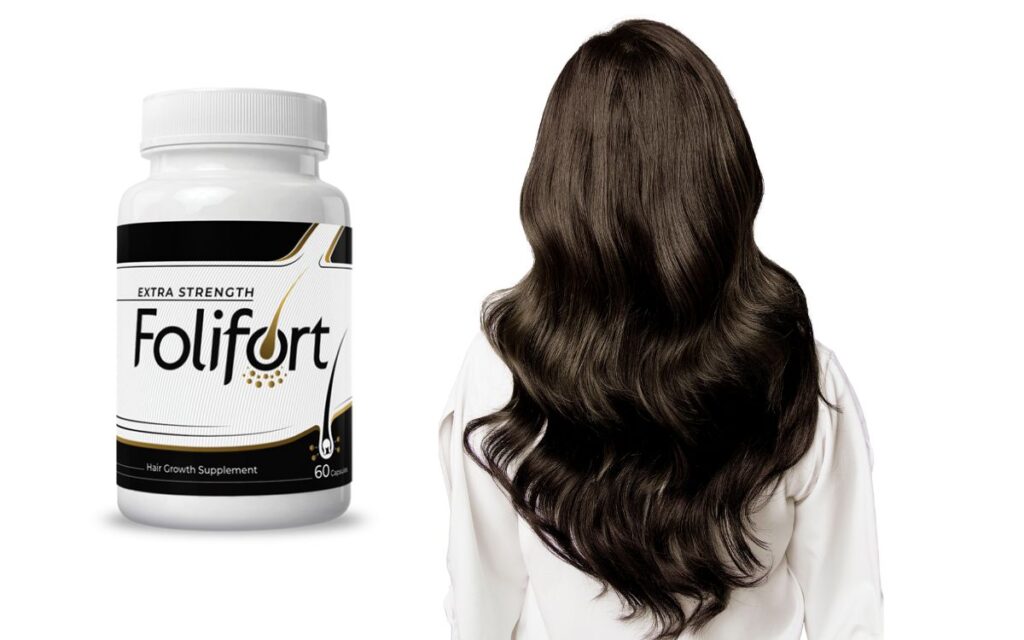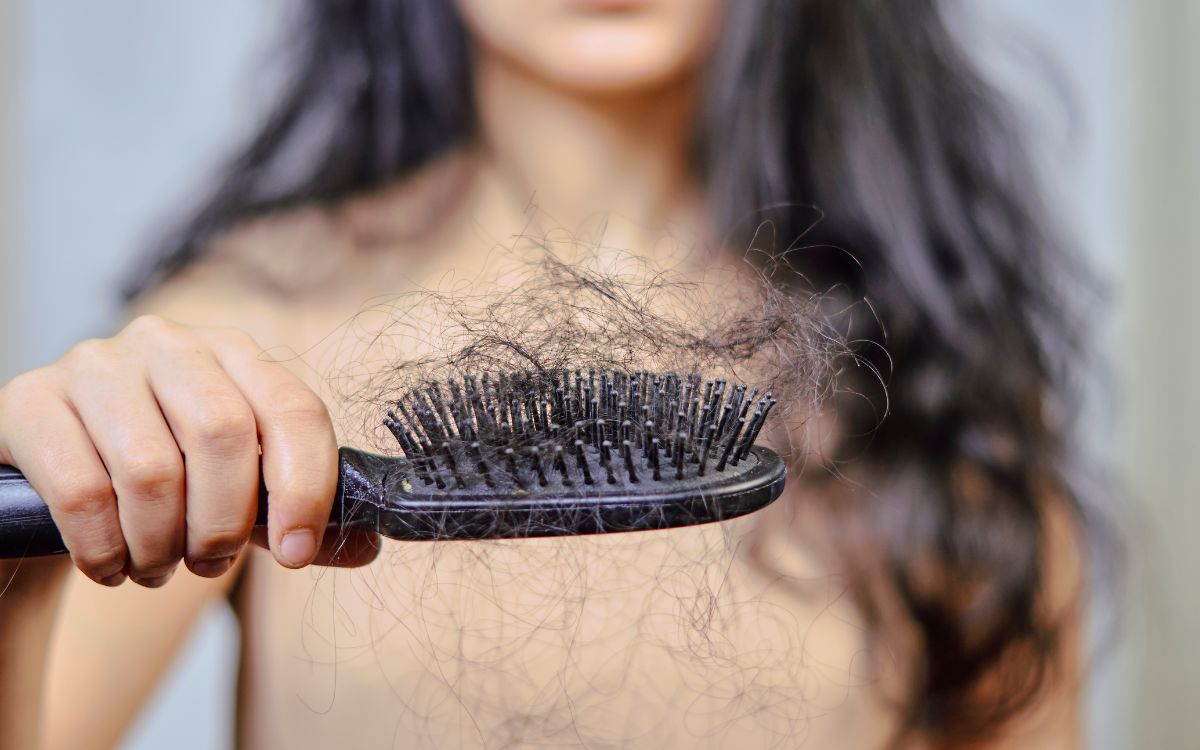Hair loss is a problem that affects people of all ages. However, it can be particularly distressing for women over the age of 60 who are already experiencing many changes to their bodies due to menopause.
While hair loss in older women may not be preventable, there are treatments available that can help restore some of the lost hair and limit further thinning or balding. Understanding why this type of hair loss occurs and how to treat it can help make managing it easier for those affected.
Causes Of Hair Loss After 60
Hair loss after the age of 60 is a common phenomenon and can be attributed to a number of causes.
Hormonal imbalances, heredity, stress, medication side effects, nutritional deficiencies, excessive shampooing, and environmental factors are the most likely culprits.
- Hormonal imbalances occur when the body isn’t able to produce enough testosterone and can compromise hair follicle health.
- Hereditary baldness runs in families and unfortunately, nothing can be done to reverse it.
- Stress from personal issues or illnesses takes its toll on the body both mentally and physically, resulting in hair loss over time.
- Certain medications like blood pressure drugs may cause an unexpected drop in hair growth as a side effect.
- Nutritional deficiencies can also lead to thinning or bald patches on the scalp due to inadequate intake of vitamins or minerals necessary for hair growth.
- Excessive shampooing strips away oils that nourish the scalp leading to breakage and eventually, less overall hair than before.
- Lastly, environmental factors such as sun exposure or chemical buildup on the scalp can weaken the roots resulting in receding hairlines or complete baldness in some cases.
Natural Treatments For Hair Loss After 60
Fortunately, there are a number of natural treatments for hair loss after the age of 60 that can help reduce shedding and promote regrowth.
One option is to use essential oils like lavender or rosemary which contain anti-inflammatory properties that may help boost circulation in the scalp.
Mixing these oils with a carrier oil like coconut or jojoba and massaging it into the scalp is also thought to stimulate hair growth.
Another natural treatment for hair loss in older women is to use onion or garlic juice which is rich in sulfur, a mineral known to promote circulation and support healthy hair growth. Applying these juices directly onto the scalp can help reduce shedding and encourage new hair growth.
Finally, dietary additions like biotin supplements or eating more foods containing omega-3 fatty acids can also help improve hair health and reduce further thinning or balding.
In conclusion, while hair loss after the age of 60 is a common occurrence, there are natural treatments that can help reduce shedding and promote regrowth.
By understanding the causes of this type of hair loss and making dietary or topical adjustments accordingly, older women can take steps to limit further thinning or balding.
Medical Treatments For Hair Loss After 60
In more severe cases of hair loss, there are also medical treatments available that can help stimulate regrowth and reduce further thinning or balding.
Medications like minoxidil and finasteride have been shown to be effective in treating hair loss in older women by blocking the formation of DHT (dihydrotestosterone), a hormone that causes hair follicles to shrink.
These medications can be taken orally or applied topically, depending on the severity of the individual case.
Hair transplant surgery is another potential option for those in need of more drastic measures to combat their hair loss. This procedure involves taking healthy follicles from other parts of the body and transplanting them to the areas of thinning or baldness.
Although this is a more expensive option, it can be very effective in restoring natural growth to those suffering from hair loss.

See Folifort Hair Growth Pills Official Website
|
Tips For Managing And Preventing Further Hair Loss
Although hair loss is a common problem among older women, there are some things that can be done to help prevent further thinning or balding.
The most important thing is to maintain a healthy lifestyle and diet by avoiding processed foods and getting enough restful sleep each night.
Incorporating more nutrient-rich foods in the diet like dark leafy greens, eggs, and fish can help nourish the scalp and encourage regrowth.
It’s also important to use mild shampoos when washing the hair as harsh chemicals may strip away natural oils which are necessary for maintaining healthy hair.
Wearing a wide-brimmed hat when outdoors or in direct sunlight can also help protect against further hair loss.
Scalp massage can stimulate blood flow to the area and improve circulation which is essential for healthy hair growth.
Massaging the scalp with a combination of essential oils like rosemary, cedarwood, lavender, peppermint, and thyme has been known to promote healthier follicles.
Additionally, taking a daily biotin supplement can help improve hair texture and aid in the prevention of further hair loss.
Biotin is an essential nutrient for healthy skin, nails, and hair growth.
Finally, managing stress levels by engaging in relaxing activities like yoga or meditation can significantly reduce the risk of further hair loss.
By following these tips, women can help manage and prevent further hair loss.
It’s important to keep in mind that every person is different and what works for one individual may not work for another.
Consulting a doctor or dermatologist is recommended if symptoms persist or worsen.
Final Thoughts on Dealing with Hair Loss as an Older Woman
Hair is only one aspect of beauty – there are many other ways that you can feel beautiful at any age.
Hair loss can be an emotionally difficult experience for older women, but there are treatments and lifestyle adjustments that can help reduce further thinning or balding.
By understanding the causes of hair loss and taking steps to prevent it, you can take charge of your health and feel more confident in your own skin.
Of course, if symptoms persist or worsen, it is always important to consult a doctor or dermatologist.
With the right medical treatment and lifestyle adjustments accordingly, older women can take steps to limit further thinning or balding.
It is important to note that everyone is different and what works for one individual may not work for another – but with the right knowledge and care, managing hair loss can be a much easier process.
With the right care and understanding, older women can take charge of their health and feel more confident in their own skin.

